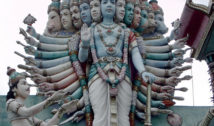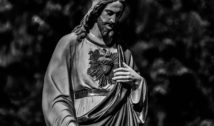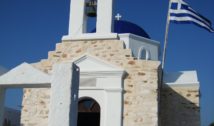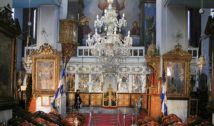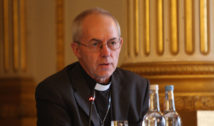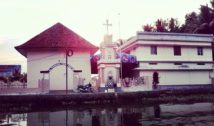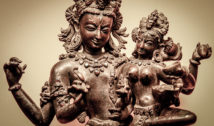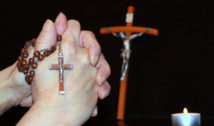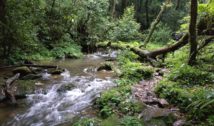Japan’s Pop Rock Wagakki’s Concert at Nikko Tosho-gu Shinto Shrine
- By Gary Nguyen --
- 20 Mar 2017 --
Wagakki’s performance at the historic Nikko Tosho-gu Shinto Shrine
Japanese rock band Wagakki will release video from Nikko Tosho-gu Shinto Shrine concert.[/tweetit] The band graced the area with their performance last year in the month of June. Wagakki’s concert at Nikko Tosho-gu was in line with the celebration of the shrine’s 400th anniversary. The band’s performances were held on two separate occasions which were on June 25 and June 26 respectively.
Wagakki’s Concert at Nikko Tosho-gu Shinto Shrine.[/tweetthis]
Footage from the concert is scheduled to appear in the band’s live collection edition of their album Shikisai. Shikisai will be Wagakki’s third full album and will be available on Blu-ray as well as DVD. The album will be launched on March 22 this year.
Shikisai will have 17 songs. Apart from live footage, the album will also include TV Tokyo’s Olympic Theme Song called Kishi Kaisei. TV Tokyo’s supporters’ song for the Rio Olympics called Mi.Ra.I and the song Strong Fate that was adopted in the movie The Inerasable. Additionally, the album will also have the song Valkyrie –Ikusa –Otome from the Japanese anime Twin Star Exorcists. The latter was the anime’s first ever OP song.
The Wagakki Band consists of eight members who make music by the fusion of traditional Japanese musical instruments and Western rock. The members include Yūko Suzuhana (鈴華ゆう子) who does lead vocals, Machiya (町屋) who plays the guitar and also does backup vocals, Beni Ninagawa (蜷川べに) who plays the Tsugaru shamisen, Kiyoshi Ibukuro (いぶくろ聖志) who plays the koto, Asa (亜沙) who is in charge of the band’s bass, Daisuke Kaminaga (神永大輔) who plays the shakuhachi, Wasabi (山葵) who is the band's drummer and Kurona (黒流) who plays the band’s wadaiko.
Watch Wagakki Band’s Latest Live Performance at Nikko Tosho-gu Shinto Shrine https://t.co/rNKXC4xWmR https://t.co/pSAjxy4TXV
— Brian Gooden (@L6RD7BLU3) March 11, 2017
Annual celebrations at Nikko Tosho-gu Shinto shrine are consistently held. The shrine is part of the “Shrines and Temples of Nikko,” which is a UNESCO World Heritage site. The shrines were declared a world heritage site in 1999. Locally, nine of the structures within the collection of shrines and temples are considered National Treasures by the government of Japan. Additionally, the remainder of the structures are Important Cultural Properties as declared by Japan.
Tosho-gu shrine is Nikko’s main tourist attraction. Initially, the shrine was constructed in 1617 during the Edo Period. It was built so as to honor Tokugawa Leyasu who founded the Tokugawa Shogunate. This was a military dynasty that ruled Japan for 264 years as from 1603 to 1867. At the time of the shrine’s construction, Leyasu’s son Hidetada was Shogun. The shrine was then expanded during Lemitsu’s time. Lemitsu was the third shogun.
For the shrine’s construction, the rulers at the time sought the expertise of 15,000 artisans who worked for two years to perfect the building’s architecture and decorations. Skilled craftsmen used 2.5 million sheets of gold leaf for the Tosho-gu Shinto shrine.[/tweetit]
Leyasu's remains are entombed in the shrine. However, unlike the rest of the shrine which is heavily decorated, Leyasu's mausoleum is quite simple in design and decoration. Leyasu's enshrinement is reenacted twice each year through a procession from Edo to Nikko Tosho-gu along the Nikko Kaido. This parade is referred to as “Procession of the Thousand Warriors.”

